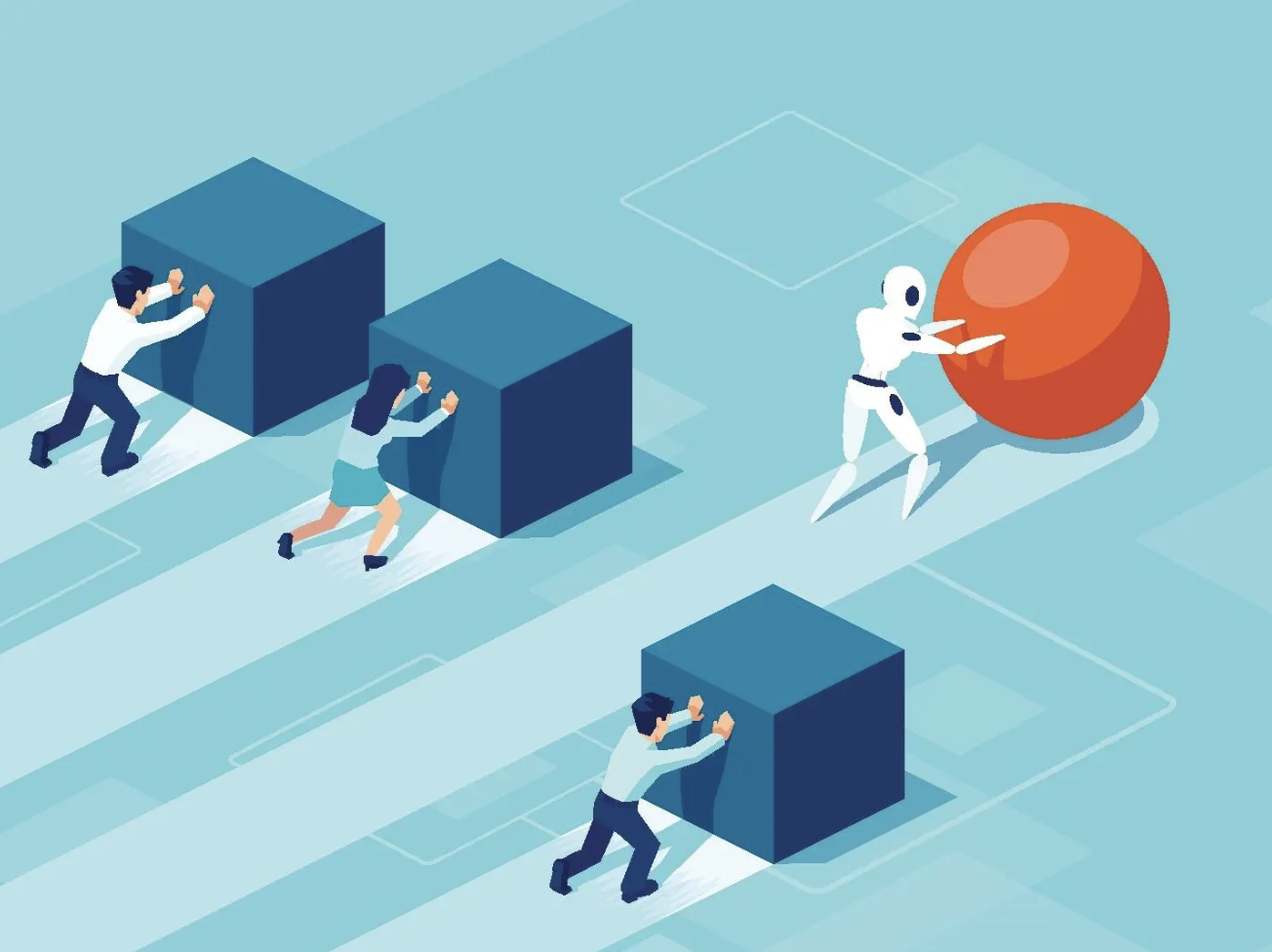How Deepfakes are Shaping Our World: A Dual-Edged Sword
The misuse of deepfakes can have profound implications on the political landscape. These AI-generated videos can create the illusion of politicians saying outrageous things, fueling political extremism and damaging reputations. Deepfakes have been used as weapons of disinformation in war and politics. For instance, a deepfake video of Ukrainian President Volodymyr Zelenskyy, where he appears to surrender during the Russian invasion, was circulated on social media, causing widespread confusion and panic. Deepfakes are a potent tool in the hands of bad actors, with the power to poison the information space and manipulate public opinion. Steve Bannon, a key player in Donald Trump's rise to power, once asserted that elections could be swayed by flooding the media with disinformation, a strategy that deepfakes make frighteningly easy to execute.
Contrarily, deepfakes can also be harnessed for constructive applications in diverse fields, from ecommerce to healthcare, arts, history, and media.
One of the most compelling use cases for deepfakes is in the realm of personalization. Businesses and influencers can use this technology to connect with their customer base or fans on a personal level. Deepfake technology can revolutionize customer service by personalizing video interactions, enhancing customer lifetime value (CLV), and boosting click-through rates. AI platforms such as Maverick are leading the way, allowing businesses to create personalized video messages for each of their customers at scale.
Deepfake technology also shows immense potential in healthcare and medical research. Generative AI can overcome data scarcity due to privacy constraints or rarity of certain medical conditions by generating realistic medical images, such as brain MRI scans. This can enhance the AI's learning process, leading to better diagnoses and treatment methods.
In the realm of art and history, deepfakes can enable immersive experiences, bringing historical figures and events to life. For instance, a collaboration between the Dalí Museum in Florida and a Scottish company, CereProc, resulted in a life-sized recreation of Salvador Dalí, the famous surrealist painter.
Deepfakes are also making a mark in the media and entertainment industry. Reuters created synthesized news reports using deepfake technology, enabling personalized news content delivery. Moreover, deepfake technology can be used to improve graphics for video games, as demonstrated by Nvidia.
Misused, deepfakes can spread disinformation and wreak havoc. However, when harnessed correctly, it can revolutionize various sectors, from ecommerce and healthcare to art, history, and media. It is important to navigate this dual-edged sword with caution, leveraging its positive aspects while mitigating its potential for harm.
#ai
#finance
#futureoffinance
#artificialintelligence
#machinelearning
#im

